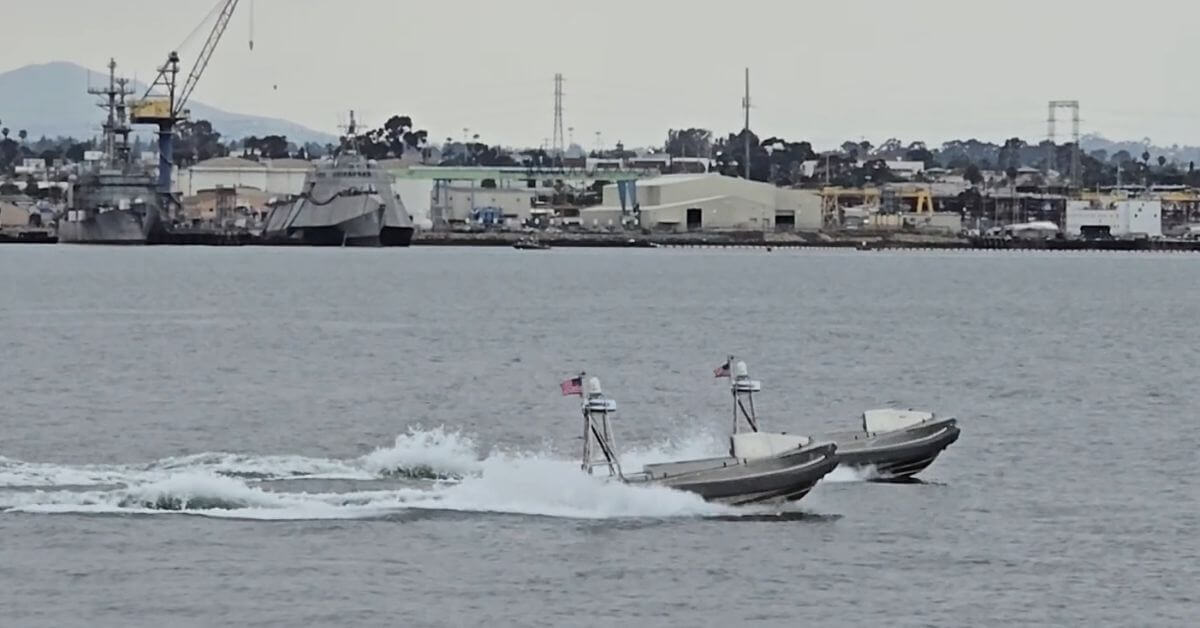
Firefighters Board Maersk Containership Still Burning After A Week Off Africa
August 21, 2025
Major Oil Depot & Tanker Severely Damaged After Russian Drone Strike At Izmail Port
August 21, 2025

The U.S. Navy’s plan to build a fleet of autonomous drone ships to counter China is facing major setbacks, with test failures, leadership changes, and even a Pentagon contract on hold.
In a much-anticipated trial off California last month, two autonomous boats malfunctioned. One stalled due to a software error, while another rammed into it, launching over the deck before falling back into the sea.
The crash involved vessels built by rival U.S. defense startups Saronic and BlackSea Technologies.
Weeks earlier, another mishap occurred when a BlackSea vessel being towed suddenly sped up. The unexpected acceleration capsized the support boat pulling it, throwing the captain into the water. The captain was rescued and refused medical treatment.
Both incidents pointed to failures in communication between the vessels’ onboard systems and the external autonomous control software.
Following the crashes, the Pentagon’s Defense Innovation Unit (DIU) put on hold a contract worth nearly $20 million with L3Harris, the company providing some of the drone control software.
The U.S. military has been inspired by the success of maritime drones in Ukraine. Ukraine has deployed low-cost, remote-controlled sea drones, about $250,000 each, that have carried explosives and weapons in kamikaze-style missions, striking Russia’s Black Sea Fleet.
The Pentagon aims to build autonomous swarms of boats that can operate without human control. Each could cost millions, but they would extend the fleet’s reach, improve surveillance, and strengthen combat power.
Video Credits: USNI News Video/YouTube
The Navy has already spent at least $160 million into BlackSea, which is producing dozens of GARC drones monthly, according to procurement filings.
Saronic, backed by investors including Andreessen Horowitz and 8VC, was recently valued at $4 billion. Per reports, Saronic has earned at least $20 million from prototype agreements.
In June, acting Chief of Naval Operations Jim Kilby toured BlackSea’s production facility, where he said these systems would play an important role in future warfare by extending fleet operations, improving awareness, and increasing combat capability.
The project is part of the Pentagon’s $1 billion Replicator program, started in 2023 to buy thousands of aerial and maritime drones and the software to run them. The first systems are expected to be announced this month.
President Donald Trump has made drones a key part of U.S. military upgrades. His “Big Beautiful Bill,” passed last month, set aside nearly $5 billion for autonomous naval systems.
Reference: Reuters
Source: Maritime Shipping News


